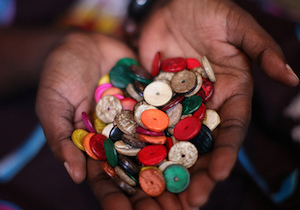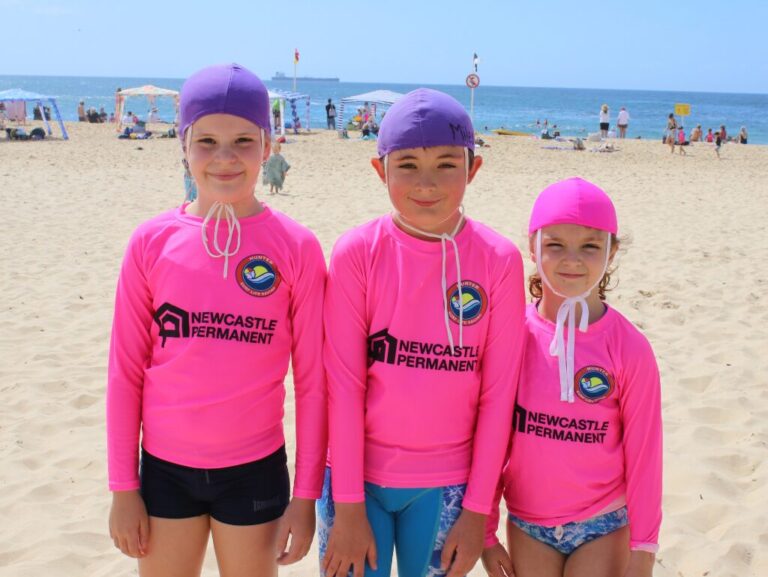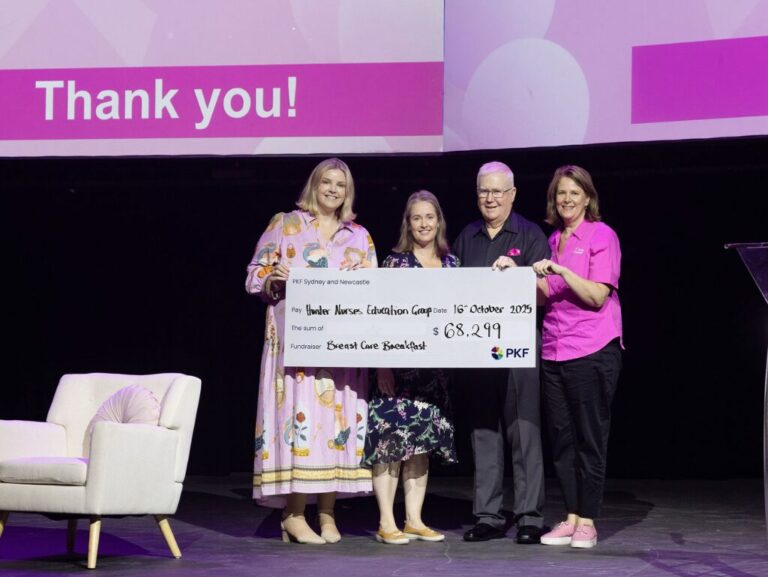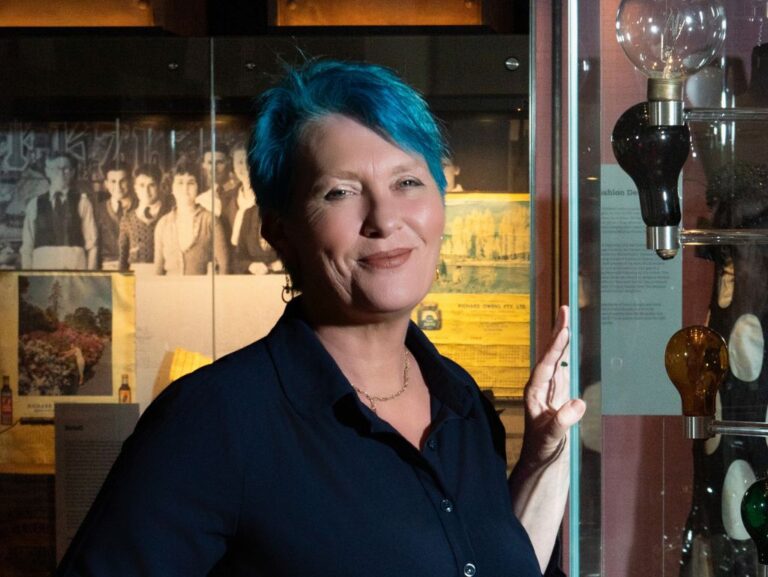I just gave Sonia, a single businesswoman in the Philippines, $25 to help her grocery business to expand.
Even though I don’t know her and have never met her, Sonia will repay me. I will then loan the money to another businessperson somewhere else in the world. I did it from my lounge room, in a few minutes, through a website called Kiva.
I started on Kiva with a $25 loan back a few years back. Since then, I’ve been able to make 22 loans across 13 countries in seven areas of social performance. I have helped Jane, a poultry farmer in Kenya as well as Dihn and her husband in their furniture business in Vietnam. Elena, a seamstress in Samoa and Paulina, who owns a general store in Timor-Leste, are currently paying me back on their loans.
Why help business people in other parts of the world?
As a small businessperson in a relatively fortunate position I think it’s important to give back to those not so fortunate. It is the same reason I sponsor a child in Africa.
Small business is the backbone of this nation and other nations in terms of employment and contribution to the economy. I want to support my brothers and sisters in business, if you will. Most giving is rarely totally altruistic though. I tend to lend to women in Asia and the Pacific. I figure that helping our neighbours to become more prosperous is one way of creating stability in our region. Many of the women I lend to are supporting children. Helping these women and children to stay out of poverty is critical for their future and the world’s future.
How does it work?
The process is really very simple. It takes a few minutes to securely create an account with your credit card.
- Choose a borrower.
The website allows you to search a number of ways including by gender, industry, region.
- Make a loan.
The loans are actually dispersed by Kiva’s field partners. Sometimes you are repaying he partner for money they have already lent. The Kiva website provides really detailed information on each field partner including delinquency and default rates, due diligence status, a risk rating and their fees and charges.
- Get repaid.
The money just comes in to your Kiva account. I always love getting an email from Kiva saying “$1.14 of your loan has been repaid”. You can also log in to see where your borrowers are up to with repayments.
- Reloan.
The minimum loan is $25. When you get that much credit back in your account, simply make another loan. You can always add more money to existing credit to make a loan or more than one loan.
The power of one makes a powerful impact
Kiva is a non-profit organisation. Using the Internet it connects people like you and me and a worldwide network of microfinance institutions (292 field partners) to create opportunity for small business people in 86 countries around the world.
Since Kiva was founded in 2005 it has made an impressive contribution.
- 1,262,066 Kiva lenders
- US$678,384,175 in loans
- 98.76% repayment rate.
Almost 44,000 people like me made loans totalling a staggering US$4 million plus in the week I helped Sonia.
What’s the catch?
I have actually given more than $25 to Kiva because I have added more money to make more loans and also donated a bit to support Kiva’s costs but you don’t have to do that. Kiva will make a suggested 15 per cent donation to it when you make a loan but you can simply edit this amount or give nothing.
I have had one loan go bad, lending to a group in Indonesia for a clothing business. (I have shied away from lending to groups since.) Sometimes these things happen. I lost the total of a few coffees in the scheme of things.
So, there isn’t a catch. It is a great example of technology, people and community working together to do something good. Whether you call it a gift or an investment in the planet, I love it because it is one that can keep on giving. There are no doubt other organisations similar to Kiva. Research the one that suits you.





